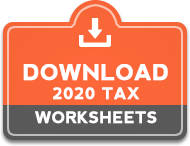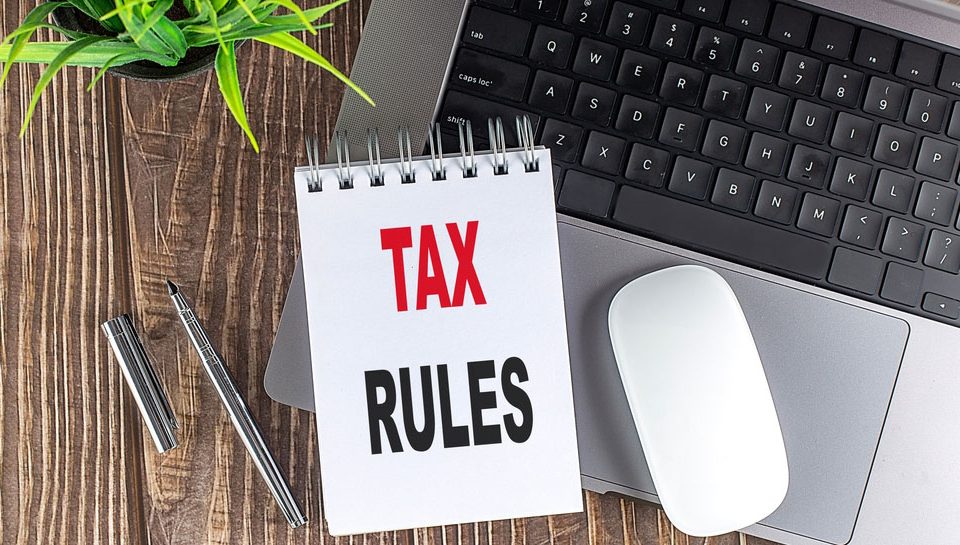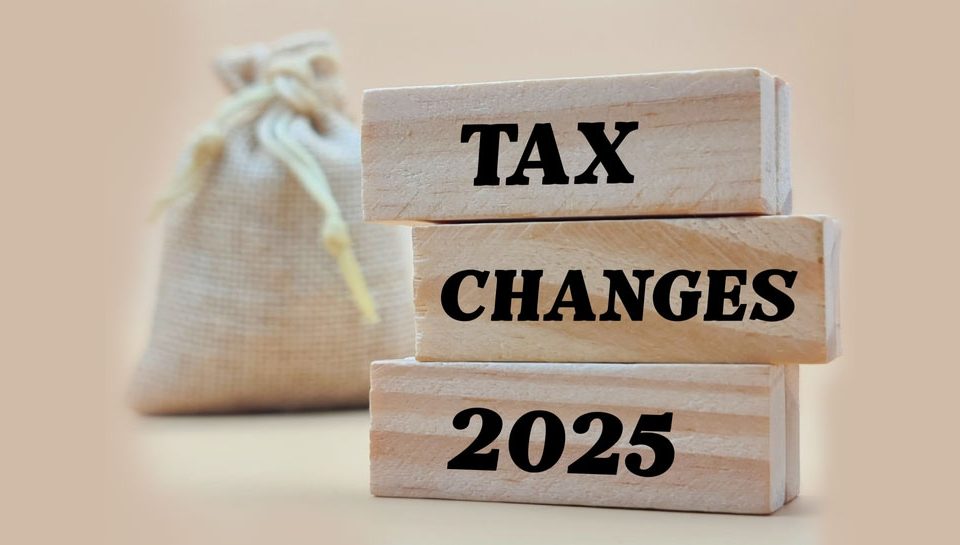With the Liberals securing a victory, key tax issues are expected to remain a major focus.
Incumbent Prime Minister Mark Carney has pledged to make life more affordable for Canadians through targeted tax cuts and new incentives.
But how soon could these changes take effect, and how much will they actually impact your daily finances? Here’s a closer look at what the Liberals are proposing, what it could mean for you, and when Canadians might start noticing a difference.
Changes to personal income taxes
The Liberal Party’s promises include several tax measures aimed at making life more affordable for Canadians, especially seniors and frontline workers. According to their official platform, the focus is on practical, near-term relief while strengthening Canada’s social safety net. Here are the key changes and when you might start to see them take effect:
Personal income tax cut
The Liberals are proposing a slight reduction to the lowest federal income tax bracket, which would lower it from 15 to 14 per cent. While this may not sound like much of a difference, Carney has stated that it would benefit over 22 million Canadians and could help lower and middle-income families save around $825 per year.
RRIF withdrawal relief for seniors
One of the more significant tax relief measures promised by the Liberals under Carney is a temporary 25 per cent reduction in the mandatory minimum withdrawals from Registered Retirement Income Funds (RRIFs).
RRIFs are the primary retirement income vehicles for many seniors who have converted their RRSPs. Under current rules, seniors must withdraw a set minimum amount each year, which is fully taxable. This can force retirees to sell investments and take on tax liability even when markets are down or when they don’t need the full income.
By cutting the required withdrawals by 25 per cent for one year, seniors would have more flexibility to preserve their investments, potentially defer taxes, and reduce the risk of being taxed at higher marginal rates. This relief is especially timely during periods of market volatility or inflationary pressure, when preserving capital becomes critical.
GST relief on home heating
Recognizing the cost burden of essential utilities, especially in colder provinces, a Carney-led Liberal government has committed to temporarily eliminating the GST on home heating bills.
This measure would provide immediate cost relief to households facing high winter heating costs, particularly those using natural gas, propane, or heating oil. Since GST is a five per cent federal tax, its removal from heating bills could save the average household hundreds of dollars over the heating season, depending on usage and region.
This is especially significant for low- and middle-income Canadians who spend a disproportionate amount of their income on energy.
Health care workers hero tax credit
In a nod to the pressures facing frontline workers, especially in the aftermath of the pandemic, the Liberals have pledged to introduce a refundable tax credit of up to $1,100 per year for Personal Support Workers (PSWs).
This new “Healthcare Workers Hero Tax Credit” is meant to recognize and retain essential healthcare workers in a sector facing staffing shortages and burnout. Unlike non-refundable credits, this one is fully refundable, meaning even lower-income PSWs with little or no tax owing would still benefit.
The government’s broader plan includes expanding the Union Training and Innovation Program (UTIP) to include more spaces for training PSWs and nurses. The tax credit works alongside this initiative by offering a direct financial incentive to stay in or re-enter the profession, particularly in long-term care and community health roles.
How soon could we see changes post-election?
If the Liberals move forward with their tax promises, most Canadians would start seeing changes by 2026, with some relief possibly arriving as early as late 2025. The temporary GST removal on home heating could be implemented ahead of the 2025–2026 winter season, offering immediate cost savings.
Other measures, like the 25 per cent reduction in RRIF withdrawals and the Health Care Workers Hero Tax Credit, would likely be included in the 2026 federal budget and take effect that same tax year, meaning Canadians would notice the impact when they file their 2026 returns in early 2027.
The proposed five per cent increase to the GIS for low-income seniors could also begin by mid-2026, timed with the annual July recalculation of benefits. While exact timelines depend on the upcoming budget cycle, most changes would roll out in phases starting within the first year of the new government.
Post Credit: By Christopher Liew, Published on









